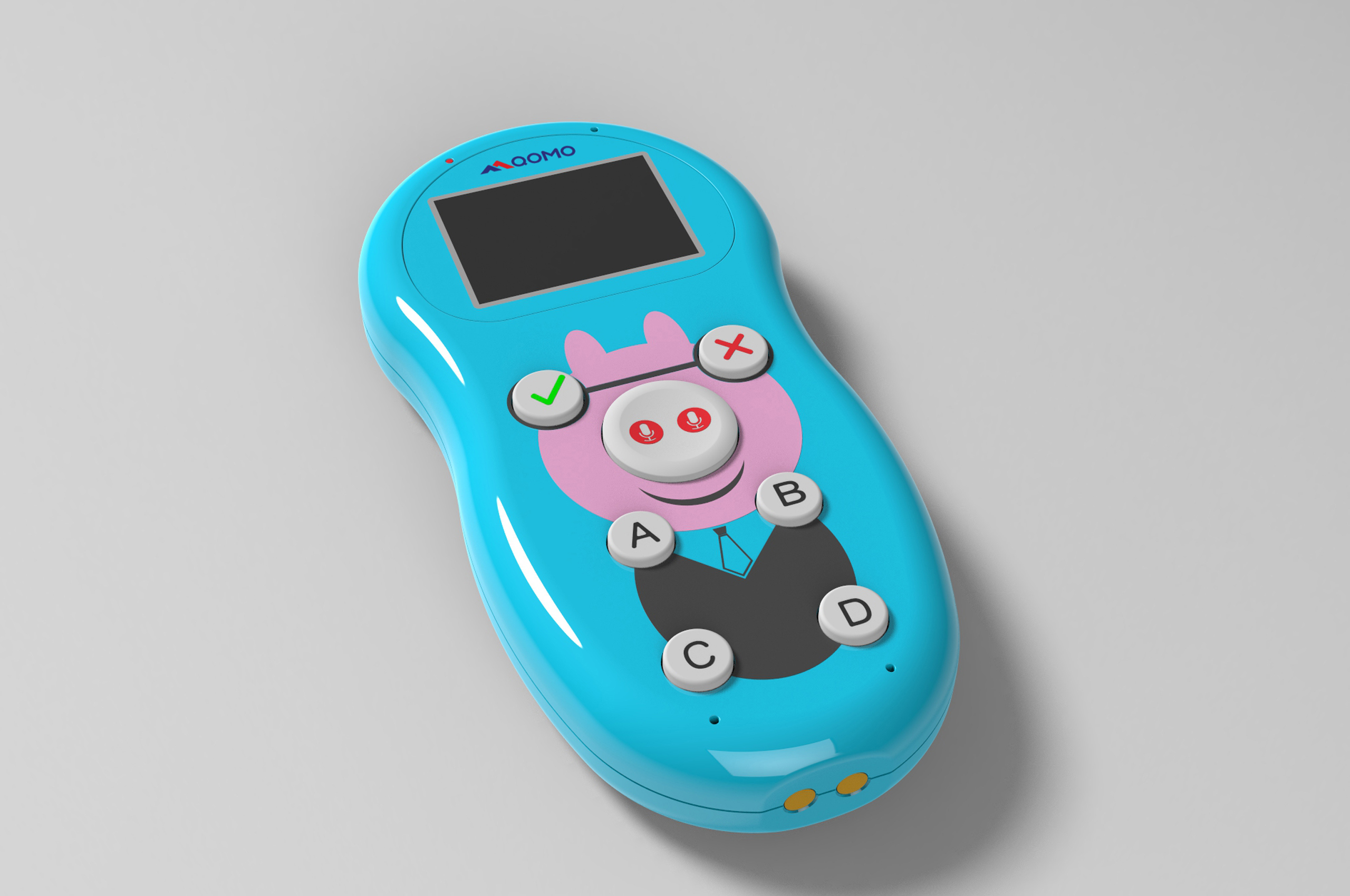Smart classroom should be a deep integration of information technology and teaching. Student clickers have been popularized in teaching classrooms, so how to make good use of information technology to build “smart classrooms” and promote the in-depth integration of information technology and teaching?
Smart classroom is a new form of classroom that deeply integrates information technology and subject teaching, but the current classroom interactions are mostly interactions with shallow cognitive input such as rushing answers, likes, uploading homework, and lack of debate, games, reflection, and cooperative problem solving. The interaction that promotes students’ in-depth processing of knowledge, superficially “active” and “active” interaction cannot promote the development of students’ thinking and creativity and other higher-order thinking abilities. Behind these phenomena, people still have misunderstandings about smart classrooms.
Students’ voice answering questions help students gain knowledge while experiencing and participating in the learning process through interactive clickers in the classroom, so as to reach a higher level of cognitive goals. Bloom and others divide cognitive goals into six levels: knowing, comprehending, applying, analyzing, synthesizing, and evaluating. Among them, knowing, comprehending, and applying belong to lower-level cognitive goals, and analysis, synthesis, evaluation, and creation belong to Higher-level cognitive goals.
Have students a variety of contextual learning tasks, and solve contextual problems, so that students can fully connect the knowledge learned in the classroom with real life, and construct flexible rather than inert knowledge. The student clicker not only has functions such as multi-question answering and multi-mode interaction, but also real-time data analysis according to the class answering situation, helping teachers and students to further discuss problems and further enhance the classroom effect.
Each learner has his own experience world, and different learners can form different hypotheses and inferences about a certain problem, thereby forming a rich understanding of knowledge from multiple perspectives. In the course of using student clickers in the classroom, learners communicate and cooperate, and constantly reflect and summarize their own and other people’s views.
In a real sense, student keypads are not only a single knowledge transfer and simple classroom interaction tool, but also a tool for creating a learning environment, an inquiry tool for students’ independent learning, a collaborative tool for knowledge construction, and an incentive tool for emotional experience.
Post time: Jul-15-2021




